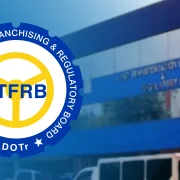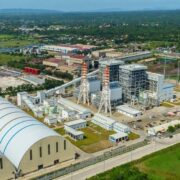The 30-year vision that built Cathay Land’s Southern stronghold

Metro Manila’s southern gateway is booming with progress.
Over the past decade, the sprawling area spanning Southern Metro Manila and the provinces of Cavite and Laguna has transformed from quiet quarters into some of the country’s most dynamic growth corridors. Yet long before this transformation, Cathay Land Inc. had already seen the promise of the area when the company first began its journey 30 years ago.
“We started land banking in the Cavite-Laguna area 30 years ago, so [we have] 1,000 to 2,000 ha, and we’re still growing,” Cathay Land president Jeffrey T. Ng said in an exclusive interview with Inquirer Property.
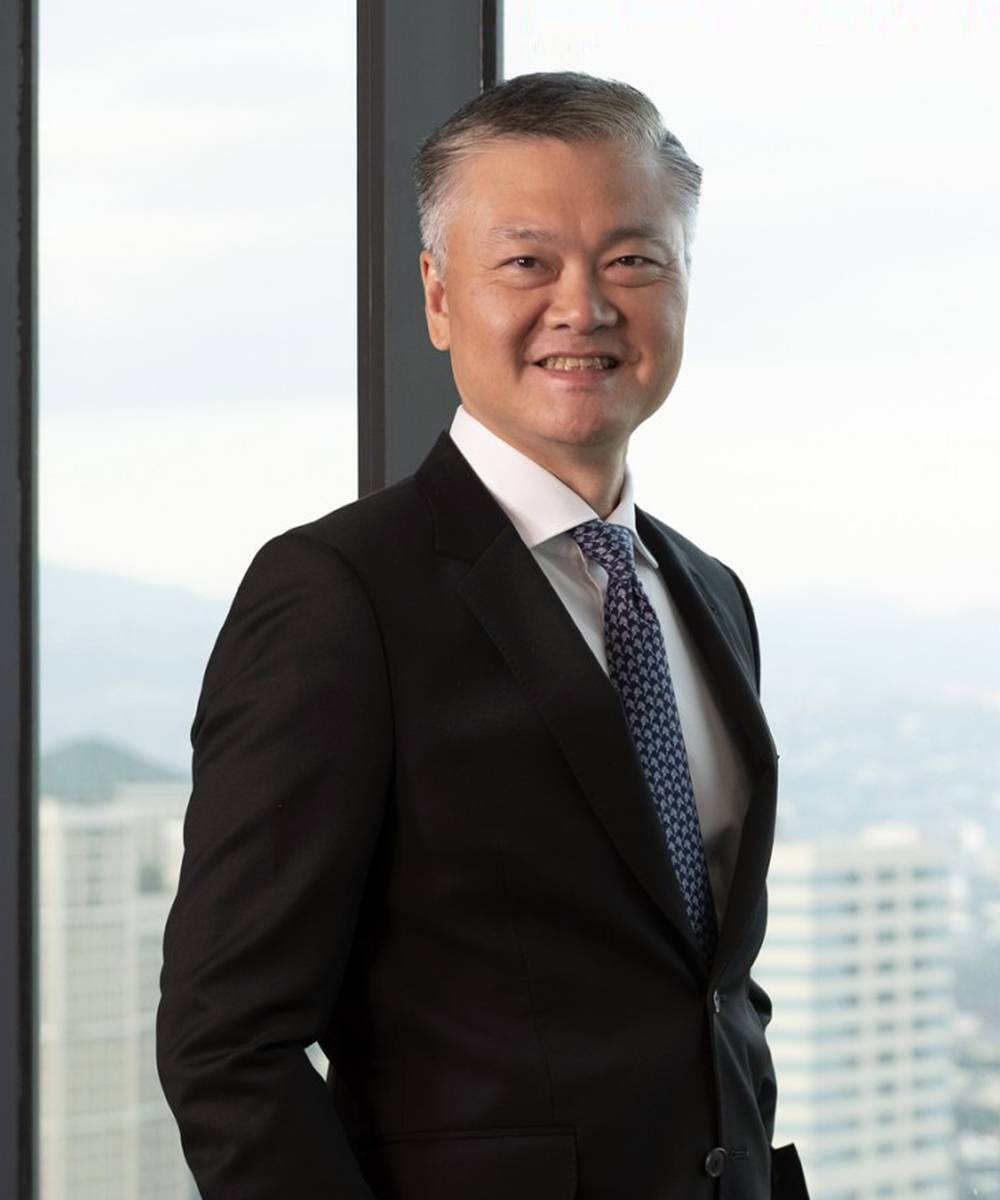
Today, Cathay Land is reaping the fruits of that investment.
It now boasts of a portfolio of prime residential enclaves like South Forbes Golf City and Crestkey Estates. Cavite Light Industrial Park is a pioneer in promoting clean operations among locators, while Acienda Designer Outlet Mall is the Philippines’ first true international outlet shopping destination. These projects offer long-term value and community well-being.
First-mover attitude
Cathay Land’s first-mover approach allowed it to ride the regional surge seen in recent years.
Ng shared that Cavite and Laguna—where Cathay Land has significant landbank—were once bedroom communities for Metro Manila. These areas now have become economic powerhouses.
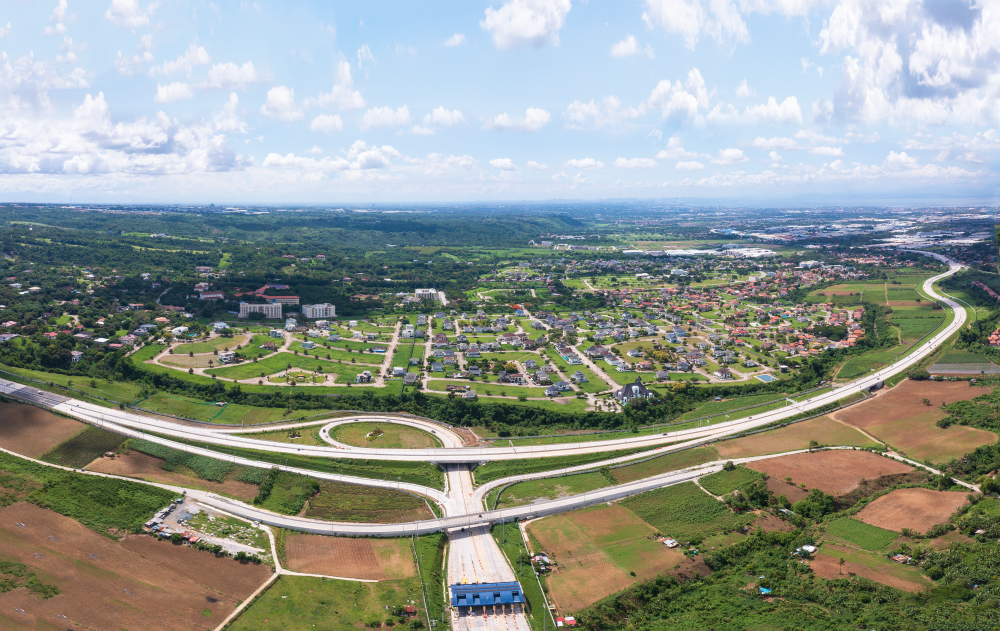
Further fueling progress in these provinces are big-ticket infrastructure projects that include the Manila-Cavite Expressway (Cavitex) and the LRT-1 extension, Cavite-Laguna Expressway (Calax), and the Cavitex-Calax Link. Also in the pipeline are the Cavite-Tagaytay-Batangas Expressway and Bataan-Cavite Interlink Bridge.
“Cavite and Laguna are the top two biggest provinces in the Philippines in terms of GDP already, and this will only accelerate in the coming five, 10, 20, 25 years,” Ng said.
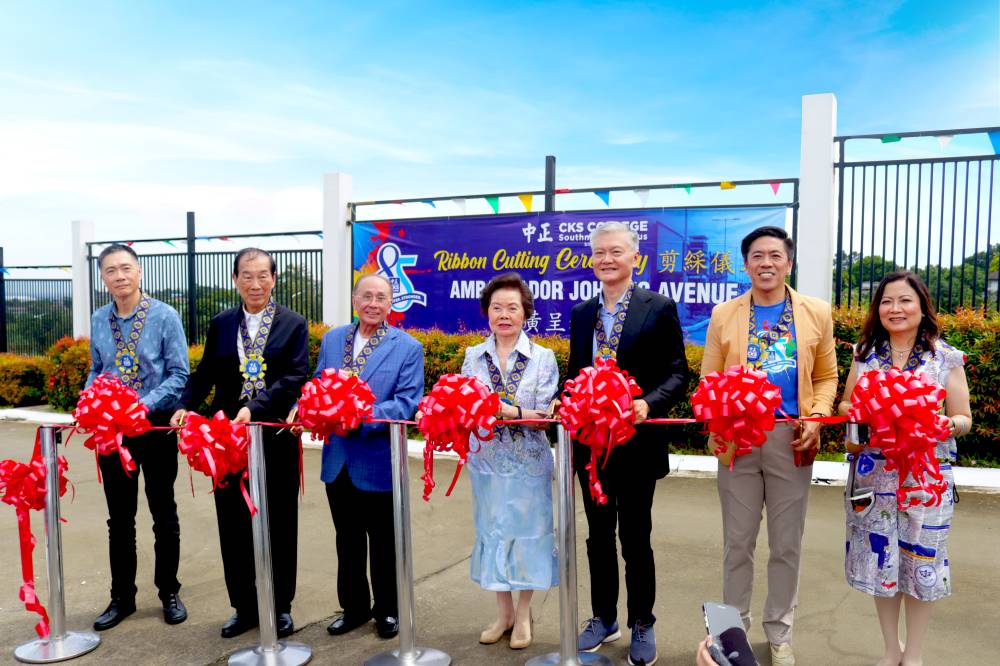
Competitive advantage
As more families now set their sights on the South to access more space and greenery, Cathay Land has taken an integrated, human-scale approach to development. This, Ng noted, is where the company’s second advantage comes into play.
“[People] have seen how integrated our projects are,” he explained. “They have seen to what extent we provide all their needs within immediate walking and driving distance.”
Crestkey Estates, for example, is an innovative “College Business District” concept, uniquely blending learning, enterprise and modern living. Cathay Land even donated 7 ha of land to make way for the Chiang Kai Shek College Southmont.
Cathay Land’s flagship in the south of Metro Manila, Ananda Square, recently topped off Tower B, signifying bullish sales and the company’s confidence in Las Piñas City. It rises on Alabang-Zapote Road, a vibrant corridor that conveniently connects to Alabang and Makati. The project also features a commercial strip.
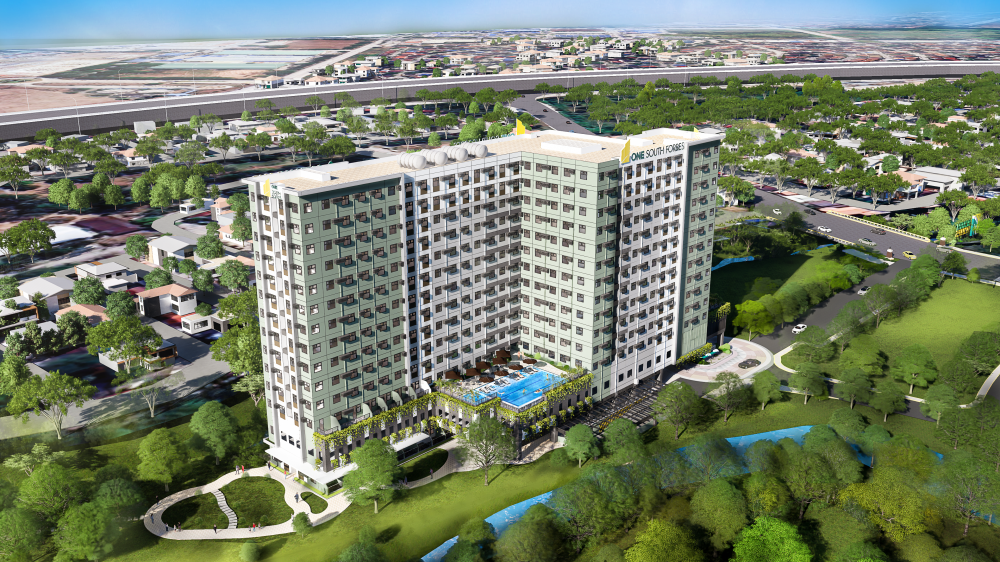
Affordable first-class living
Such developments, according to Ng, can compare to first class residences. Each project is built around how people envision the good life: to live well, work efficiently, play freely, learn continuously and connect meaningfully.
Cathay Land’s landmark South Forbes Golf City in Cavite, for instance, entices homeowners and investors with themed residential villages and mid-rise condominiums such as Fullerton Suites 2 and Berkeley Suites. It will soon finish its centerpiece 18-hole golf course.
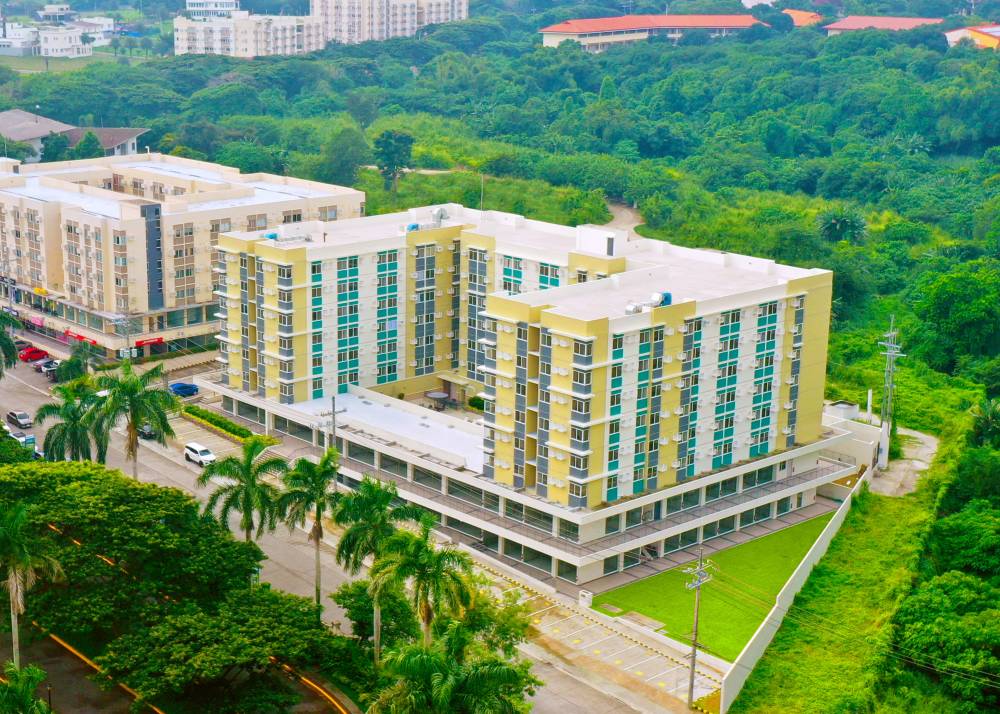
The developer is not only after beauty and function, as it also considers safety, resilience and sustainability. Roads are 20-meter wide, keeping traffic woes at bay for decades to come.
Being above sea level also means freedom from flooding—something reinforced by efficient drainage and generous open spaces. Each project also undergoes a comprehensive analysis on soil conditions, terrain, wind exposure and seismic behavior.
Ng further claimed that Makati, Bonifacio Global City, the Bay Area, Taguig, and even Alabang now command land prices beyond the reach of most Filipino buyers. In contrast, Cathay Land offers subdivisions that have “better quality, better amenities for one-tenth of the price.”

Collaborations
To further raise the quality of their projects, Ng said they have forged partnerships with the “best in the country.”
“We are working with Ayala to unleash (the potential) and increase the volume velocity of our development,” he said.
The company has joint ventures with Alveo Land for Verdea and Hillside Ridge, and Ayala Land Premier for Lanewood Hills. It has partnered also with Phinma and Microtel Development to build Microtel South Forbes. Award-winning interior design studio Atelier Almario lends the lobby at Ananda Square a high-end feel, while Gold’s Gym helps residents hit their fitness goals.
Ng is eyeing more such collaborations “to enhance, improve, and even prime and develop our land bank faster and better.”

Worthy investment
Brisk take-up and capital appreciation prove Cathay Land’s success.
“Our take-up is healthy,” Ng noted. “Our locations are the best there can be… so that’s our ace. Our [other] advantage: Everything is integrated, well planned, well thought-out, well executed, well delivered.”
Capital appreciation has been exponential, revealed Ng. South Forbes Golf City’s residential lots now cost 10 times more than the P6,250 per sqm at the beginning. Commercial lots, meanwhile, now cost up to P80,000 per sqm from just P12,000 then.
“Our homeowners are happy [with] the value that they have gotten from their investment, from their hopes,” Ng declared. “Prices are bound to appreciate, probably even faster.”
And definitely, Cathay Land will continue to be a catalyst for transformation in the South, Ng declared.
“Yes, we will ‘build more better’—and bigger. [We will build] better amenities and better features. That’s what people can look forward to in our projects in the coming years,” Ng concluded.







